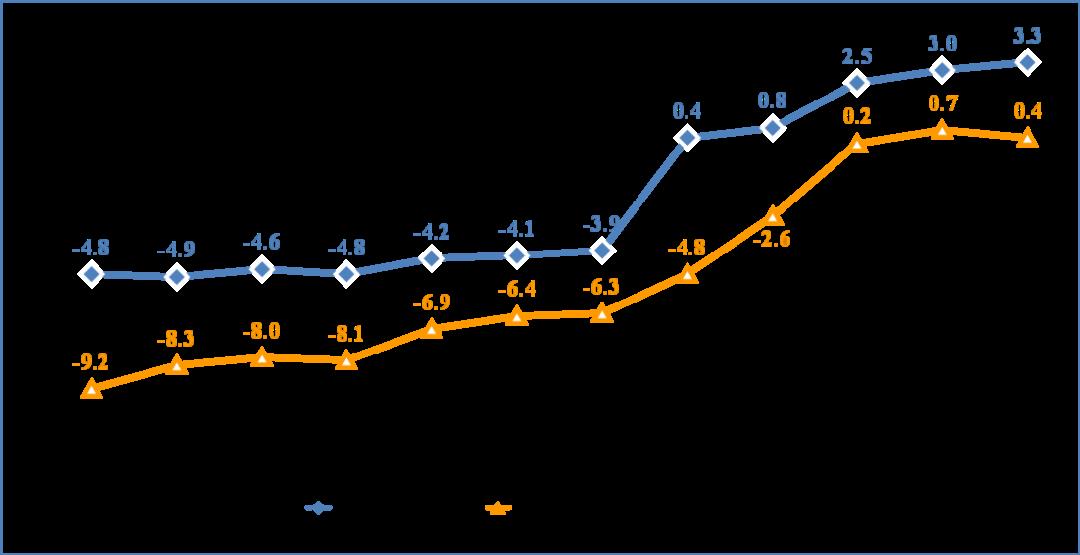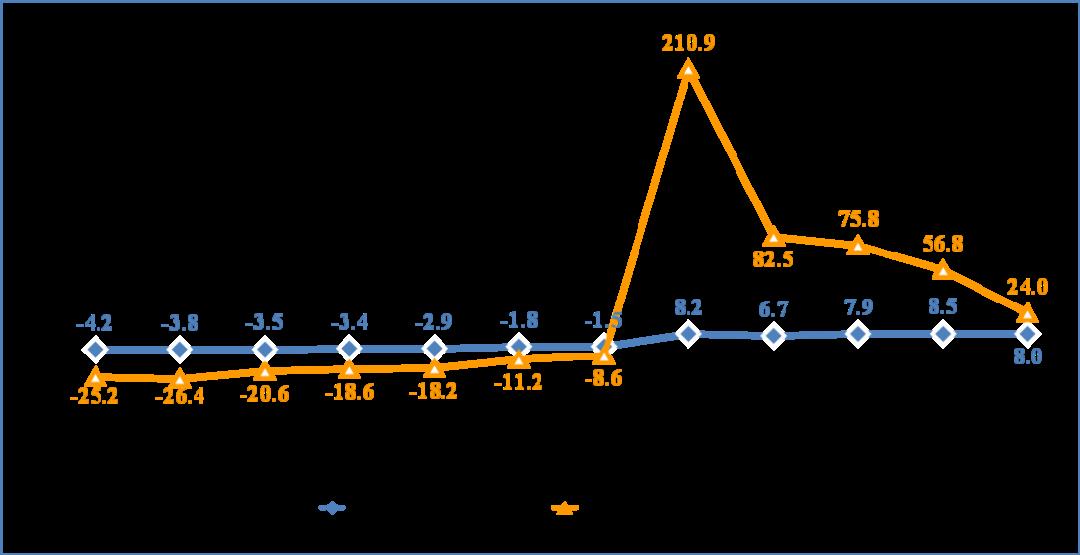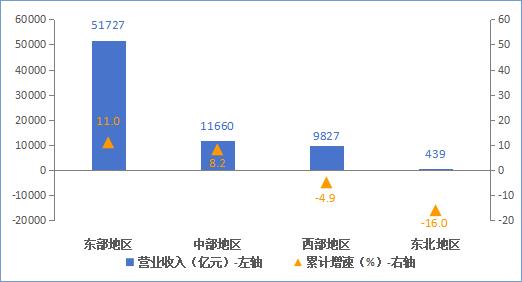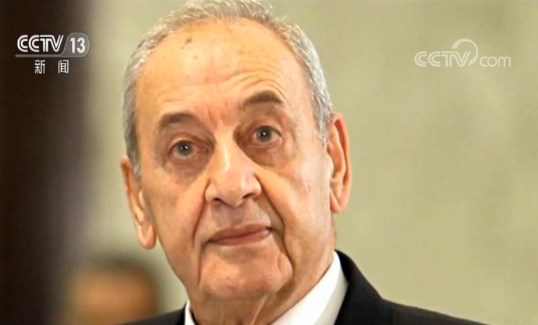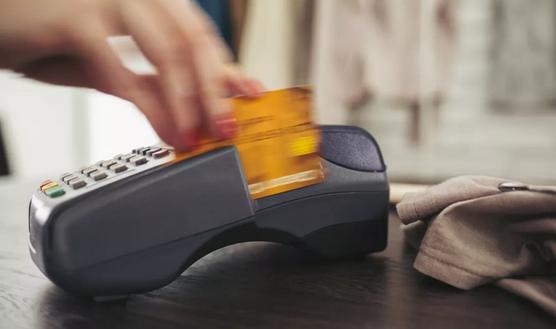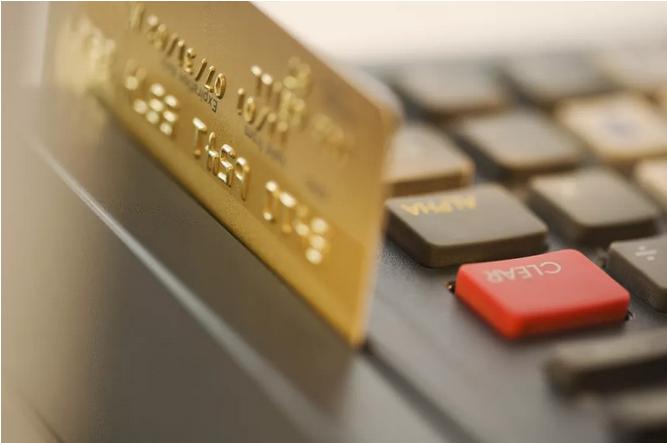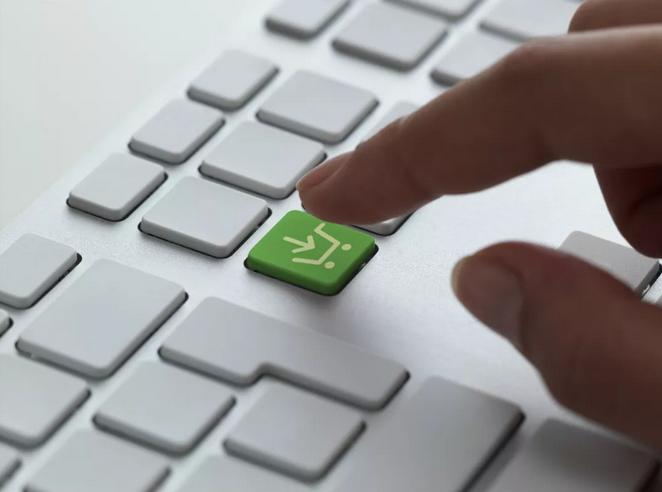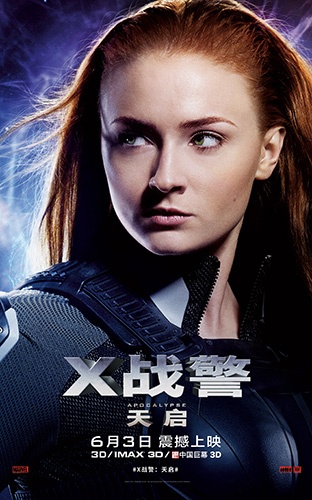Notice of Beijing Economic and Technological Development Zone Management Committee on Printing and Distributing the Emergency Plan for Heavy Air Pollution in Beijing Economic and Technological Develop
Jing Ji Guan Fa [2023] No.29
All institutions of the Working Committee and Management Committee, all functional institutions in the district, all streets, Tongzhou District and Daxing District:
The Emergency Plan for Heavy Air Pollution in Beijing Economic and Technological Development Zone (revised in 2023) is hereby printed and distributed to you, please earnestly organize and implement it according to the actual situation.
Administrative Committee of Beijing Economic and Technological Development Zone
November 13th, 2023
Emergency Plan for Heavy Air Pollution in Beijing Economic and Technological Development Zone (revised in 2023)
In order to further improve the emergency mechanism for heavy air pollution, effectively slow down the degree of air pollution, protect public health, and adhere to scientific, accurate and legal pollution control, in accordance with the requirements of the Beijing Emergency Plan for Heavy Air Pollution (revised in 2023) (J.J.F. [2023] No.22), combined with the actual situation of Beijing Economic and Technological Development Zone (hereinafter referred to as the "Economic Development Zone"), in the "Beijing Economic and Technological Development Zone Heavy Air Pollution"
I. Organizational structure and responsibilities
(1) The air in the Economic Development Zone heavily pollutes emergency headquarters and its office.
In order to effectively strengthen the organization and leadership of the region’s heavy air pollution emergency work, and incorporate the heavy air pollution emergency work into the region’s emergency management system, emergency headquarters of Beijing Economic and Technological Development Zone is working under the unified leadership of the District Emergency Committee. The chief commander is the director of the CMC, and the deputy chief commander is the deputy director of the CMC in charge of environmental protection. The members are composed of relevant leaders of relevant departments and towns. The headquarters office is located in the urban operation bureau, and the director of the office is the director of the urban operation bureau. See Annexes 1 and 2 for the division of responsibilities between the headquarters and the headquarters office.
(2) emergency headquarters member units with heavy air pollution in the Economic Development Zone.
The members of the headquarters are composed of the Party and Government Office, the Ministry of Propaganda and Culture, the Business Cooperation Bureau, the Financial Audit Bureau, the Development and Construction Bureau, the Social Affairs Bureau, the Urban Operation Bureau, the Comprehensive Law Enforcement Bureau, the Land Reserve and Construction Service Center, the Traffic Brigade, Daxing Public Security Bureau, Ronghua Sub-district Office, Boxing Sub-district Office, Yizhuang Town, Yinghai Town, Taihu Town and Majuqiao Town. See Annex 3 for the division of responsibilities of member units.
Second, early warning communication
(A) early warning classification
According to the classification method of Technical Regulation of Ambient Air Quality Index (AQI) (Trial) (HJ633-2012) and the relevant provisions of the Ministry of Ecology and Environment and Beijing Early Warning Start Standard, the early warning of heavy air pollution is divided into three levels, from light to heavy, namely yellow warning, orange warning and red warning.
1. Yellow early warning: when the daily average value of the air quality index in the whole city is predicted to be > 200 or > 150 for 48 hours or more, and the high-level early warning conditions are not met.
2. orange warning: when it is predicted that the daily average value of the air quality index in the whole city is more than 200 for 48 hours or more than 150 for 72 hours, and the high-level warning conditions are not met.
3. Red Warning: Forecast the daily average value of the city’s air quality index > 200 for 72 hours and the daily average value > 300 for 24 hours or more.
When the Ministry of Ecology and Environment and Beijing Municipality uniformly adjust the starting standard of early warning of heavy air pollution, it shall be implemented according to its standards.
(2) Early warning reception
Emergency headquarters Office of Heavy Air Pollution in the Economic Development Zone is responsible for receiving the emergency warning instructions of heavy air pollution in the city, and feeding back the reception to the Municipal Emergency Office and the Municipal Command Office in a timely manner as required. After receiving the early warning instruction, the headquarters office shall report to the commander-in-chief and deputy commander-in-chief of the headquarters.
(3) Early warning started
After the early warning instruction is received, the headquarters office transmits the early warning instruction of heavy air pollution to the member units through notification documents, short message platform, Beijing Office working group and telephone.
The propaganda department of the Working Committee and all towns and villages should timely convey early warning information through various channels such as television, newspapers, internet and community publicity windows, so as to facilitate the public to know the early warning situation in time and strengthen their own health protection.
After receiving the early warning instruction, each member unit shall timely feedback the instruction reception to the headquarters office, immediately start the emergency sub-plan, organize the response work, notify the relevant enterprises and construction sites as soon as possible, and supervise and inspect at the same time to ensure the effective implementation of various emergency emission reduction measures.
(4) Early warning adjustment
When the warning level is adjusted in emergency headquarters, the emergency headquarters Office of Heavy Air Pollution in the Economic Development Zone will do a good job in raising and lowering the warning level according to the procedures.
(5) Early warning is lifted.
Cancel the early warning according to the requirements of the early warning information released by the superior.
Third, early warning response
Graded response is implemented in heavily polluted weather, and the early warning response is divided into three levels according to the early warning level, from low to high, namely, the third level response, the second level response and the first level response.
1. When a yellow warning is issued, start a three-level response.
2. When the orange warning is issued, start the secondary response.
3. When the red warning is issued, start the first-level response.
In case of yellow warning, the director of the headquarters office shall organize command and dispatch according to the emergency response needs, and deploy emergency response work for heavy air pollution; In the case of orange warning and red warning, the deputy commander-in-chief or commander-in-chief of the headquarters shall organize command and dispatch according to the needs of emergency response and deploy emergency response to heavy air pollution.
(1) Yellow Warning (Level 3 Response)
1. Health protection and guidance measures
(1) Children, the elderly and patients with respiratory tract, cardiovascular and cerebrovascular diseases and other chronic diseases should stay indoors as far as possible and avoid outdoor activities. (Lead unit: local street town)
(2) Primary and secondary schools, secondary vocational schools and kindergartens should reduce outdoor activities in a timely manner according to the local air pollution situation. (Lead unit: Social Affairs Bureau)
(3) The departments of ecological environment, health, education, etc. and the towns and towns should strengthen the publicity of popular science knowledge on emergency and health protection of heavy air pollution according to the requirements of industry and territorial management.
2. Initiative emission reduction measures
(1) The public should travel by public transport as much as possible and reduce the number of motor vehicles on the road; Turn off the engine in time when parking, so as to reduce the idle running time of the vehicle. (Lead unit: local street town)
(2) Intensify dust control measures on construction sites, exposed ground, material stacking and other places. (Lead unit: Development and Construction Bureau, local street town)
(3) Strengthen road cleaning and reduce road dust pollution. (Lead unit: Urban Operation Bureau)
(4) Refuse to barbecue in the open air. (Lead unit: local street town)
(5) Reduce the use of solvent-based coatings, adhesives, cleaning agents, inks and other solvent-based raw and auxiliary materials and products containing volatile organic compounds. (Lead unit: Business Cooperation Bureau)
3. Mandatory emission reduction measures
On the premise of ensuring the normal operation of the city:
(1) On the basis of routine operation, the key roads shall be cleaned once or more every day. (Lead unit: Urban Operation Bureau)
(2) The construction site shall, according to the performance classification, stop the outdoor painting and painting, slope protection and shotcrete, building demolition, cutting, earthwork, road facilities anticorrosion, road asphalt pavement and other construction operations in a differentiated manner. (Lead unit: Development and Construction Bureau)
(3) Enterprises included in the emergency emission reduction list during the yellow warning period of heavy air pollution shall implement differentiated emission reduction measures according to the performance classification of key industries in heavy polluted weather. (Lead unit: Ministry of Propaganda and Culture, Urban Operation Bureau and Business Cooperation Bureau)
(2) orange warning (secondary response)
1. Health protection and guidance measures
(1) Children, the elderly and patients with respiratory tract, cardiovascular and cerebrovascular diseases and other chronic diseases should stay indoors as far as possible and avoid outdoor activities; The general population reduces outdoor activities. (Lead unit: local street town)
(2) Primary and secondary schools, secondary vocational schools and kindergartens should reduce or stop outdoor activities according to the air pollution situation in their territories. (Lead unit: Social Affairs Bureau)
(3) Medical and health institutions should strengthen the protection publicity and medical guidance for patients with respiratory diseases. (Lead unit: Social Affairs Bureau)
2. Initiative emission reduction measures
(1) The public should travel by public transport as much as possible and reduce the number of motor vehicles on the road; Turn off the engine in time when parking, so as to reduce the idle running time of the vehicle. (Lead unit: local street town)
(2) Enterprises should arrange transportation reasonably, reduce the use of heavy-duty fuel (gas) trucks, and try to use national six or pure electric and hydrogen fuel cell vehicles for transportation. (Lead unit: Business Cooperation Bureau)
(3) Intensify dust control measures on construction sites, exposed ground, material stacking and other places. (Lead unit: Development and Construction Bureau, local street town)
(4) Strengthen road cleaning and reduce road dust pollution. (Lead unit: Urban Operation Bureau)
(5) Minimize the use of solvent-based coatings, adhesives, cleaning agents, inks and other solvent-based raw and auxiliary materials and products containing volatile organic compounds. (Lead unit: Business Cooperation Bureau)
(6) Enterprises and institutions can commute at peak hours according to air pollution. (Lead unit: Party and Government Office, Business Cooperation Bureau)
3. Mandatory emission reduction measures
On the premise of ensuring the normal operation of the city:
(1) On the basis of routine operation, the key roads shall be cleaned once or more every day. (Lead unit: Urban Operation Bureau)
(2) According to the performance classification, the construction site shall stop outdoor painting and painting, slope protection and shotcreting, building demolition, cutting, earthwork, road facilities anticorrosion, road asphalt pavement and other construction operations and stop using non-road mobile machinery (except pure electric and hydrogen fuel cell machinery). (Lead unit: Development and Construction Bureau)
(3) On the basis of the implementation of regional traffic restriction measures during the peak hours of working days, light gasoline vehicles (including driving school coaches) with the emission standards of National I and National II are prohibited from driving on the road. (Lead unit: Traffic Brigade)
(4) Construction waste, muck and gravel transport vehicles are prohibited from driving on the road (except pure electric and hydrogen fuel cell vehicles). (Lead unit: Urban Operation Bureau)
(5) The national four emission standard diesel trucks issued by this Municipality with license plates (including temporary license plates) stop driving on the road (except those confirmed by relevant administrative departments to ensure the transportation of production and living materials in this Municipality and the whole vehicle to transport fresh agricultural products). (Lead unit: Traffic Brigade)
(6) For enterprises included in the emergency emission reduction list during the orange warning period of heavy air pollution, stop using off-road mobile machinery (except pure electric and hydrogen fuel cell machinery), and implement differentiated emission reduction measures according to the performance classification of key industries in heavy polluted weather. (Lead unit: Ministry of Propaganda and Culture, Urban Operation Bureau and Business Cooperation Bureau)
(7) Fireworks and firecrackers and open-air barbecues are prohibited. (Lead unit: Daxing Public Security Bureau, local street town)
(3) Red Warning (Level 1 Response)
1. Health protection and guidance measures
(1) Children, the elderly and patients with respiratory tract, cardiovascular and cerebrovascular diseases and other chronic diseases should stay indoors as far as possible and avoid outdoor activities; The general population tries to avoid outdoor activities. (Lead unit: local street town)
(2) Outdoor duty, homework and other personnel shall take health protection measures. (Lead unit: Social Affairs Bureau)
(3) Primary and secondary schools, secondary vocational schools and kindergartens should stop outdoor activities in due course according to the air pollution situation in their territories. (Lead unit: Social Affairs Bureau)
(4) Medical and health institutions organize experts to carry out health protection consultation and explain protection knowledge, and strengthen emergency duty and medical support for patients with related diseases. (Lead unit: Social Affairs Bureau)
2. Initiative emission reduction measures
(1) The public should travel by public transport as much as possible and reduce the number of motor vehicles on the road; Turn off the engine in time when parking, so as to reduce the idle running time of the vehicle. (Lead unit: local street town)
(2) Enterprises should arrange transportation reasonably, reduce the use of heavy-duty fuel (gas) trucks, and try to use national six or pure electric and hydrogen fuel cell vehicles for transportation. (Lead unit: Business Cooperation Bureau)
(3) Intensify dust control measures on construction sites, exposed ground, material stacking and other places. (Lead unit: Development and Construction Bureau, local street town)
(4) Strengthen road cleaning and reduce road dust pollution. (Lead unit: Urban Operation Bureau)
(5) Air pollutant discharge units will further improve the use efficiency of air pollution control facilities on the basis of ensuring discharge standards. (Lead unit: Business Cooperation Bureau)
(6) Minimize the use of solvent-based coatings, adhesives, cleaning agents, inks and other solvent-based raw and auxiliary materials and products containing volatile organic compounds. (Lead unit: Business Cooperation Bureau)
(7) Enterprises and institutions can adopt flexible working methods such as off-peak commuting, off-duty and telecommuting according to air pollution. (Lead unit: Party and Government Office, Business Cooperation Bureau)
3. Mandatory emission reduction measures
On the premise of ensuring the normal operation of the city:
(1) On the basis of routine operation, the key roads shall be cleaned once or more every day. (Lead unit: Urban Operation Bureau)
(2) According to the performance classification, the construction site shall stop outdoor painting and painting, slope protection and shotcreting, building demolition, cutting, earthwork, road facilities anticorrosion, road asphalt pavement and other construction operations and stop using non-road mobile machinery (except pure electric and hydrogen fuel cell machinery). (Lead unit: Development and Construction Bureau)
(3) Light gasoline vehicles (including driving school coaches) with national emission standards 1 and 2 are prohibited from driving on the road; Motor vehicles with emission standards of Grade III and above (including driving school coaches) run at odd and even numbers (except pure electric and hydrogen fuel cell vehicles), of which the official vehicles in this city will stop driving on the basis of odd and even numbers, and then 30% of the total number of vehicles will be stopped. (Lead unit: Traffic Brigade, Party and Government Office)
(4) Construction waste, muck and gravel transport vehicles are prohibited from driving on the road (except pure electric and hydrogen fuel cell vehicles). (Lead unit: Urban Operation Bureau)
(5) The national four emission standard diesel trucks issued by this Municipality with license plates (including temporary license plates) stop driving on the road (except those confirmed by relevant administrative departments to ensure the transportation of production and living materials in this Municipality and the whole vehicle to transport fresh agricultural products). (Lead unit: Traffic Brigade)
(6) For enterprises included in the emergency emission reduction list during the red warning period of heavy air pollution, stop using off-road mobile machinery (except pure electric and hydrogen fuel cell machinery), and implement differentiated emission reduction measures according to the performance classification of key industries in heavy polluted weather. (Lead unit: Ministry of Propaganda and Culture, Urban Operation Bureau and Business Cooperation Bureau)
(7) Fireworks and firecrackers and open-air barbecues are prohibited. (Lead unit: Daxing Public Security Bureau, local street town)
Fourth, the implementation of safeguards
(A) improve the supporting measures
Each member unit shall, in accordance with the requirements of this plan, carefully formulate an emergency sub-plan for heavy air pollution, and report it to the headquarters office for the record within 15 days after the release of this emergency plan. Departments in charge of various industries shall, in accordance with the requirements of performance rating, organize enterprises and construction sites in the industry to carry out performance rating work, and formulate emergency emission reduction lists during the early warning period of heavy air pollution and safeguard lists for ensuring people’s livelihood, normal urban operation and major activities in accordance with the requirements of municipal departments; At the same time, urge enterprises listed in the emergency emission reduction list to formulate emergency plans in accordance with the principle of "one factory, one policy".
(2) Strengthen emergency duty.
All member units should improve the emergency duty system to ensure the smooth emergency duty system. When the yellow warning is issued, all member units should keep ready for duty; When the orange warning is issued, all member units should strengthen on-the-job duty; In case of red warning, all member units should be on duty all day (including holidays). During the red warning period, the headquarters office can transfer the personnel of relevant member units to work together to carry out emergency command, coordination and dispatch, inspection and supervision.
(3) Keep information flowing.
Each member unit shall determine a competent leader and contact person to be responsible for the emergency work of heavy air pollution in this department, and report to the headquarters office for the record. The contact person shall keep the communication open for 24 hours. In case of starting the emergency work of heavy air pollution, he shall receive the early warning instruction in time and start the emergency measures. Any change of the competent leader and contact person shall be reported to the headquarters office in time.
(4) Strict supervision and assessment
All relevant departments should strengthen the law enforcement inspection of the implementation of emergency measures during the early warning period, and find environmental violations and deal with them severely according to law. All towns and villages should strengthen the function of territorial supervision, organize law enforcement forces, carry out on-site law enforcement inspections in a targeted manner, and promptly urge rectification or punishment according to law when problems are found. The Party and Government Office and the Urban Operation Bureau carried out joint supervision during the period of heavy pollution, and strengthened supervision and inspection on the implementation of emergency measures. If the emergency measures are not effectively implemented due to ineffective work, low efficiency, absence of performance, etc., the relevant units and personnel shall be investigated for responsibility according to relevant regulations.
(5) Strengthen publicity and guidance.
All members of the headquarters should make full use of all kinds of media to strengthen the emergency publicity and guidance of heavy air pollution. It is necessary to intensify the interpretation of the causes of heavy air pollution, timely release information on the response to heavy air pollution to the society, actively respond to social concerns, and strive for the understanding and support of all sectors of society. Advocate citizens’ low-carbon life and green travel, reduce the use of raw materials and products containing volatile organic compounds, refuse open-air barbecue and open-air incineration, do not set off fireworks and firecrackers, make civilized sacrifices, actively participate in the prevention and control of air pollution, and create a good atmosphere for the whole society to jointly deal with heavy air pollution.
(6) Strengthen public supervision.
All member units should expand public participation channels and consciously accept public supervision. It is necessary to promptly publish emergency plans, emergency emission reduction lists, safeguard lists for people’s livelihood, normal urban operation and major events (except for classified enterprises and projects), and publicize emergency measures to protect the public’s right to know and participate. It is necessary to guide the public to supervise the implementation of various emergency measures according to law and encourage the reporting of various environmental problems and hidden dangers (reporting telephone number 12345).
This plan shall be implemented as of the date of promulgation, and the Emergency Plan for Heavy Air Pollution in Beijing Economic and Technological Development Zone (revised in 2018) (J.T.G. [2018] No.92) shall be abolished at the same time.

